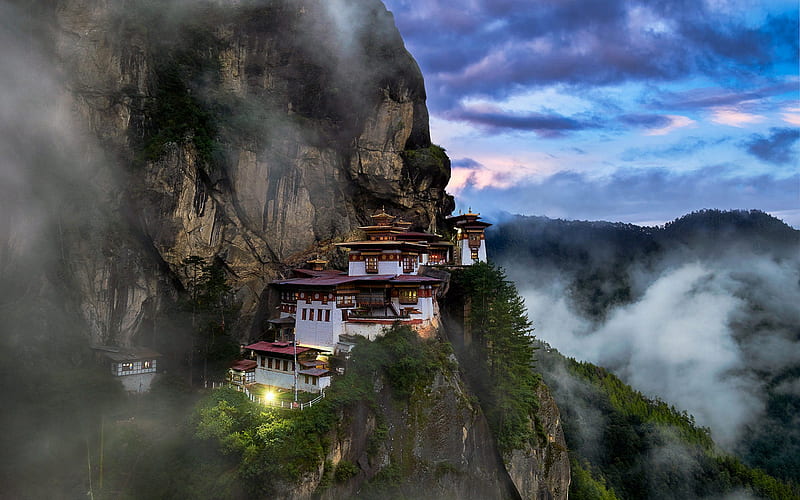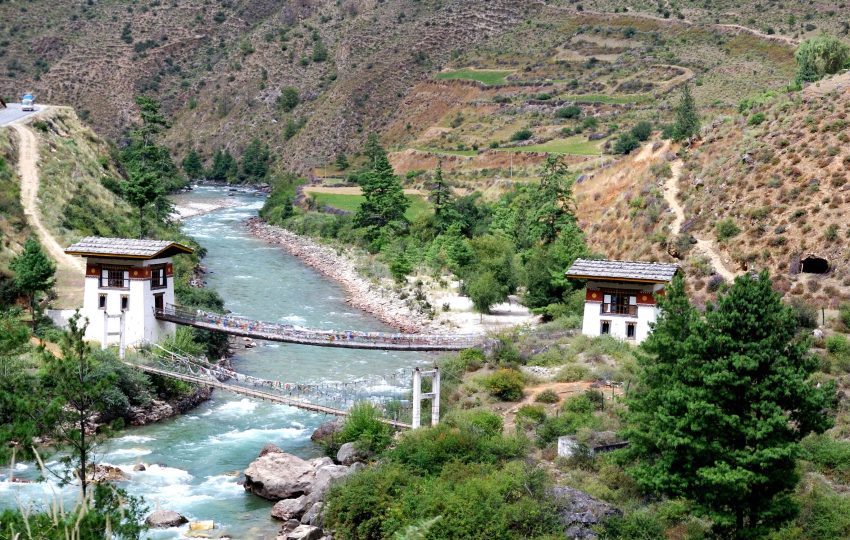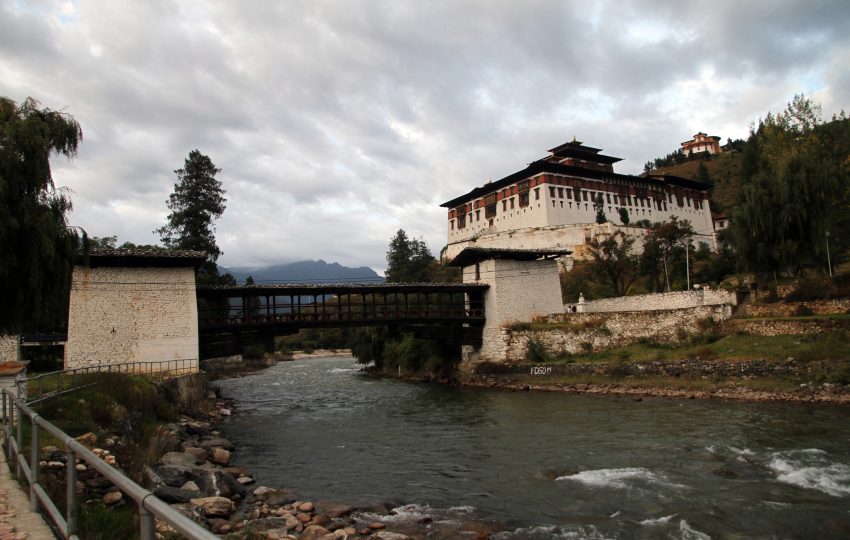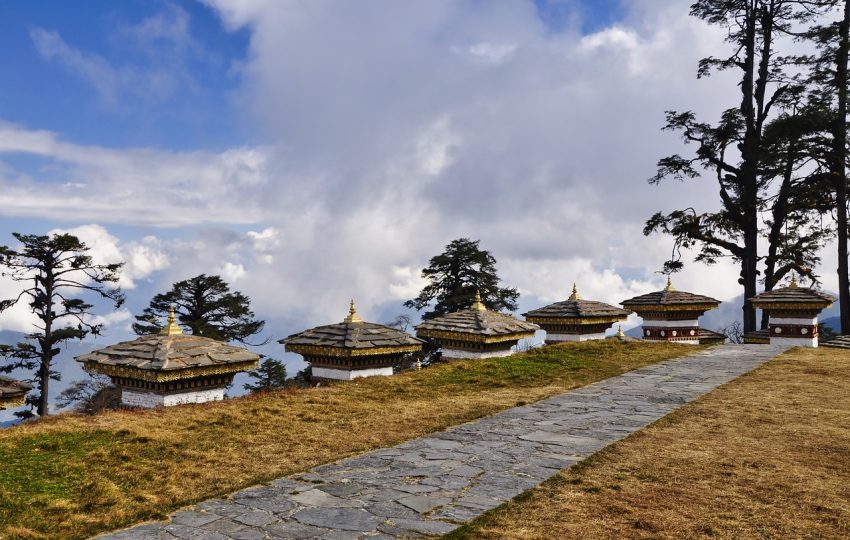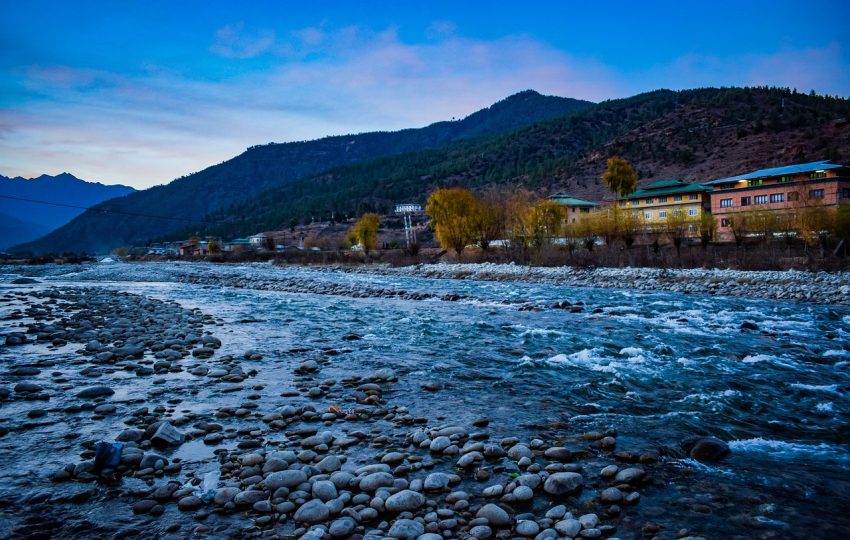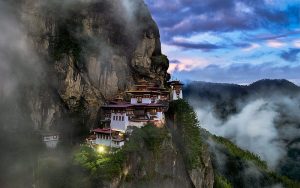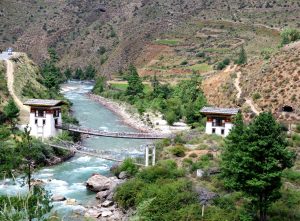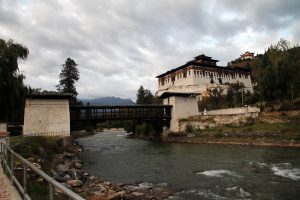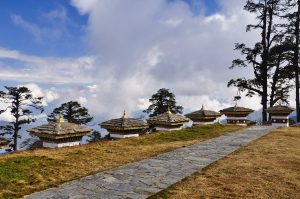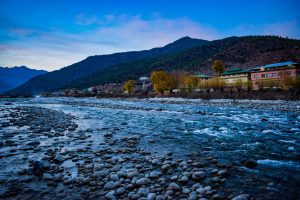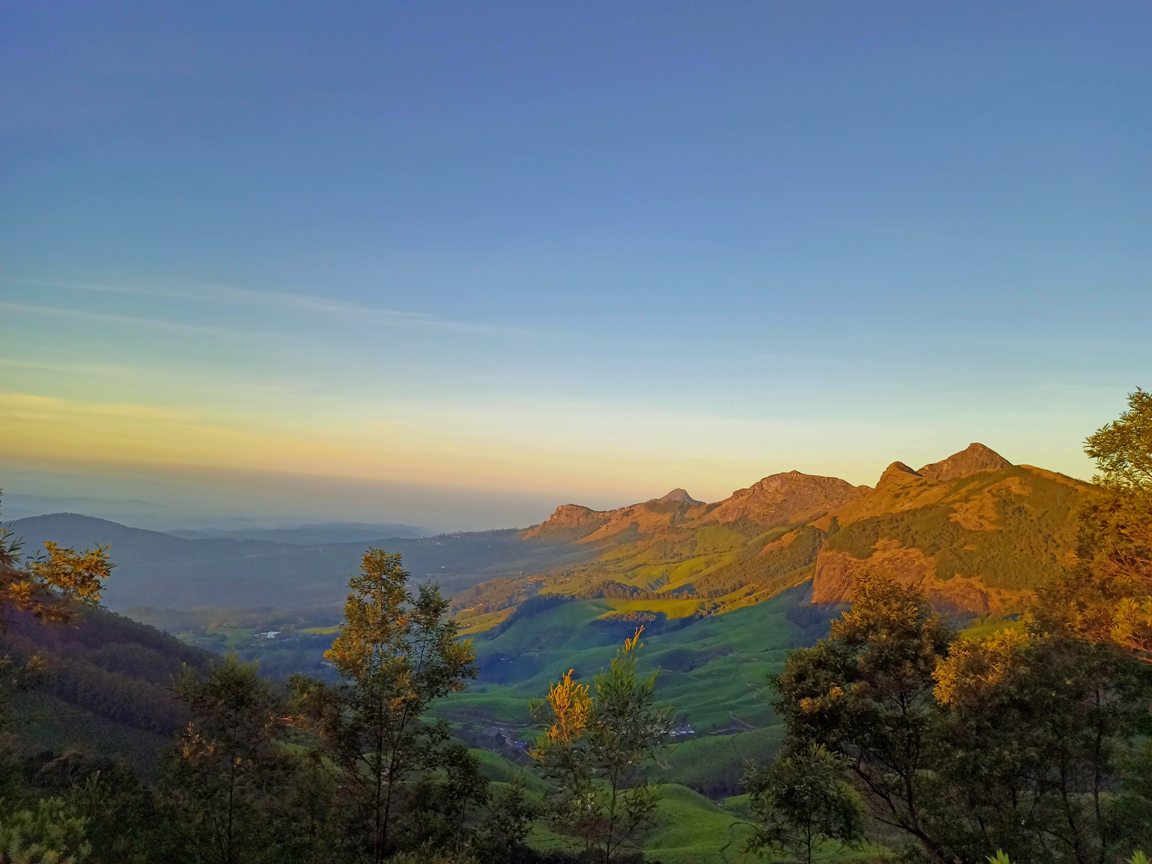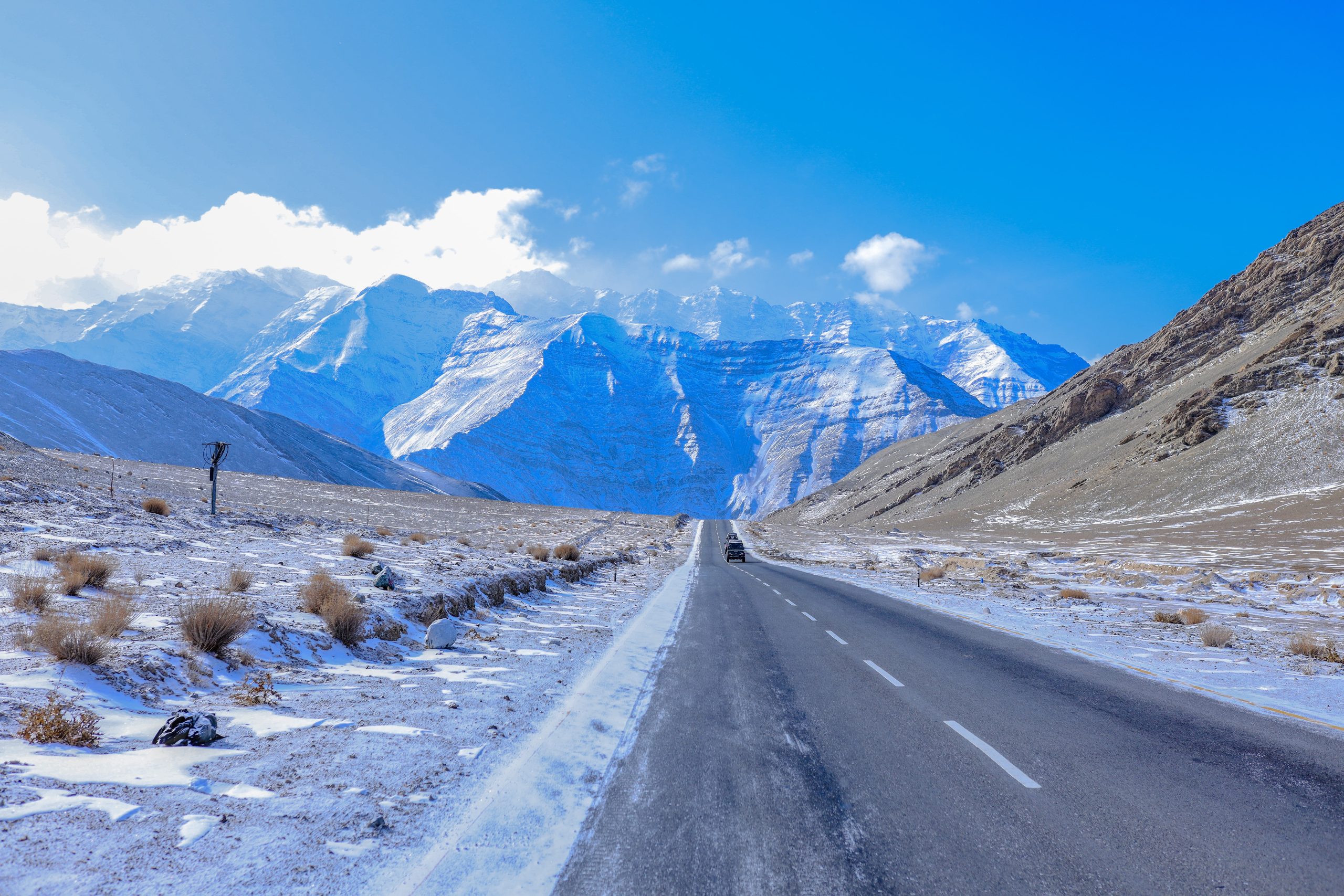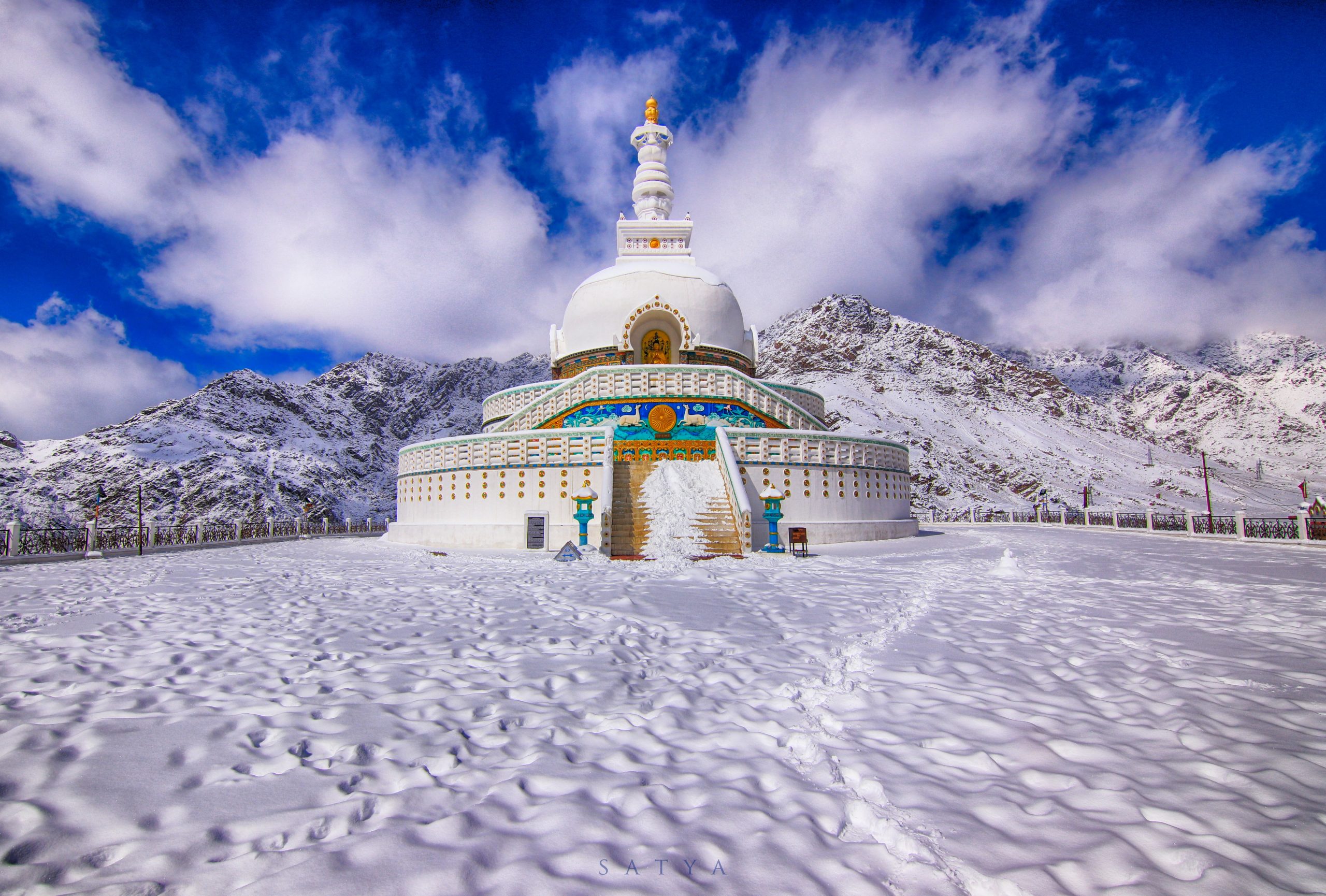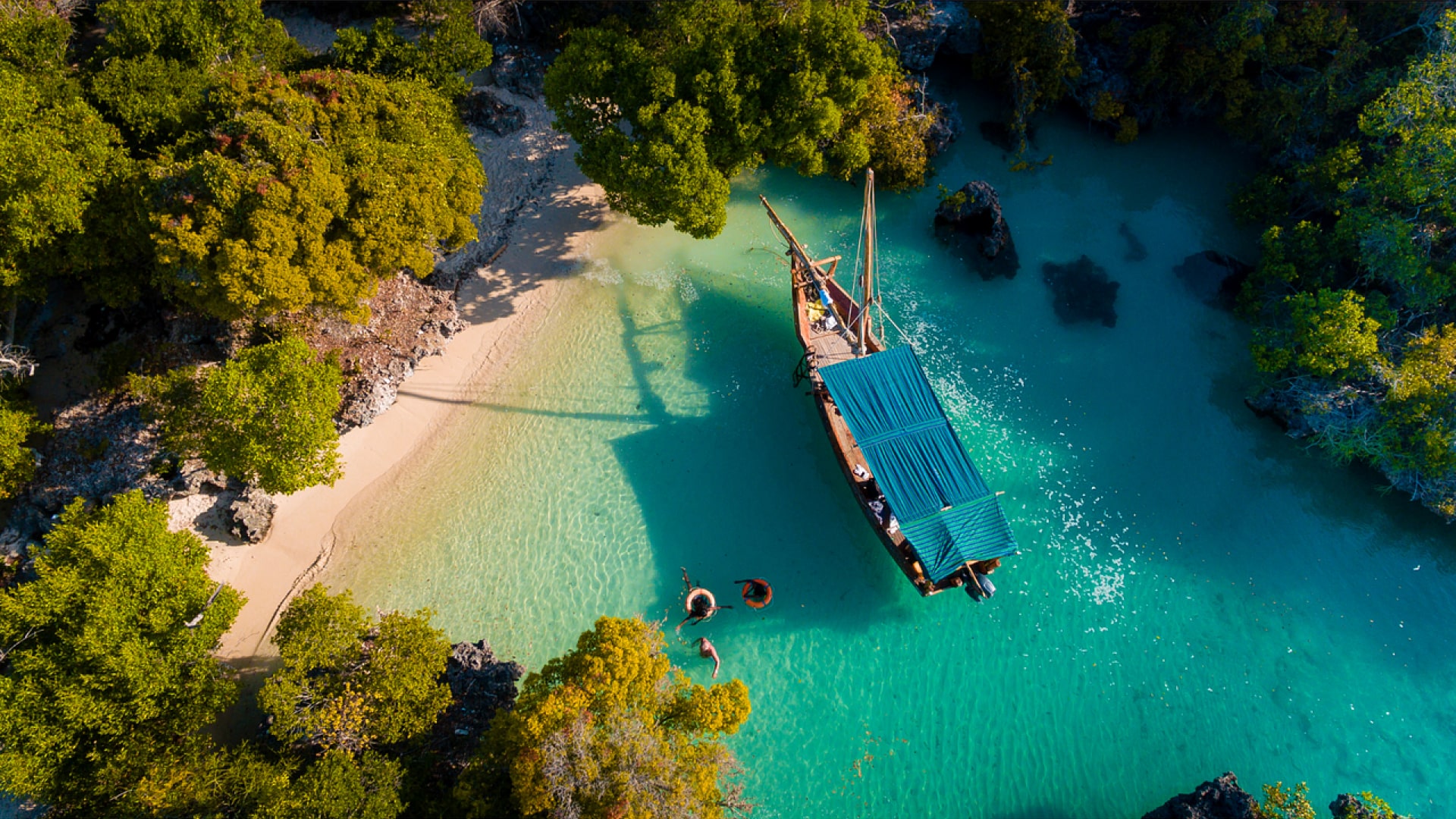BHUTAN
Bhutan, a Buddhist kingdom on the Himalayas’ eastern edge, is known for its monasteries, fortresses (or dzongs) and dramatic landscapes that range from subtropical plains to steep mountains and valleys. Bhutan has a rich and unique cultural heritage that has largely remained intact because of its isolation from the rest of the world until the mid-20th century. One of the main attractions for tourists is the country's culture and traditions. Bhutanese tradition is deeply steeped in its Buddhist heritage
THIMPHU – THE CAPITAL CITY OF BHUTAN
Known for its breathtaking natural beauty and unique culture, Thimphu is the administrative capital and largest city of the scenic kingdom of Bhutan. Being the most modern city of Bhutan with numerous restaurants, cafes, nightclubs and shopping centres, Thimphu has retained its cultural identity. The presence of spirituality in the air blends well with the Buddhist traditions, and fills the atmosphere with serenity. The cultural focus remains on maintaining traditions in every aspect of life here. Thimphu is credited as the only capital city in the world that does not use traffic light system. Bhutan has a lot of religious sites and places of heritage to visit such as the Buddha Dordenma Statue, Tashichho Dzong monastery and fortress, the National Memorial Chorten, National Folk Heritage Museum, National Textile Museum, Changangkha Lhakhang monastery, Motithang Takin Preserve and a host of other sites. Most of the tourism revolves around the holy sites of Buddhism, both modern and ancient ones. However, nature related tours, treks, hikes and trail walking are very popular here as well due to the natural beauty of the surrounding areas of Thimpu and the region in general.
PARO
Located in the Paro valley of Bhutan, the eponymous town of Paro is dotted with several historical sites. Paro is the perfect destination for anyone who prefers to spend time by themselves in the lap of nature, far from the madding crowd. The main street is adorned with colourful wooden shops, houses and restaurants. The Taktsang Palphug Monastery popularly known as Paro Taktsang is a Buddhist temple situated in the upper portion of the Paro Valley and is a beautiful monastery. Guru Padmasambhava, who introduced Buddhism to Bhutan, meditated here for three years, three months, three weeks, three days and three hours. You will be able to witness the famous dzong style of architecture if you visit Rinpung Dzong, which is an intricate wooden structure made of large beams that are held together without a single nail! The National Museum of Bhutan is actually a ‘ta dzong’ (meaning Watchtower) that was later renovated to host the museum. Shaped like a conch shell, the museum has an excellent collection of Buddhist thangkas. However, note that you will not be allowed to enter with a camera, but you can click pictures of the building and its surrounding areas.
PUNAKHA
Punakha is a town in the Himalayas of Bhutan. It's known for the Punakha Dzong, a 17th-century fortress at the juncture of the Pho and Mo Chhu rivers. The fortress hosts the Punakha Tshechu, a religious festival featuring masked dances and music. In the surrounding Punakha Valley, temples include the fertility-focused Chimi Lhakhang and the hilltop Khamsum Yulley Namgyal Chorten, which has river and mountain views.
PHUENTSHOLING
Phuntsholing, also spelled as Phuentsholing, is a border town in southern Bhutan and is the administrative seat of Chukha District. The town occupies parts of both Phuentsholing Gewog and Sampheling Gewog
Bhutan Travel Guidelines
What are the documents required to process the permit (for Indian guests)?
- Visitors from India can use a passport (validity should be more than 06 Months) or original voter ID card & Children under 18 years of age can use a birth certificate (English written) or passport.
- Travel insurance is mandatory for all passengers
- Passport soft copy front and Back required at the time of Booking
- Passport size photo scanned and clear
Is there a vaccination requirement to visit Bhutan?
- As of now all travelers to Bhutan aged 12 years and over should be fully vaccinated (No need for RT-PCR report).
- Children below 12 Years not required to be vaccinated.
How much is the SDF for Indian?
- Guests from India are levied SDF of INR 1,200 per person per night and 50% on the SDF for children between the ages of 6-12 years and exemptions of SDF for children aged 5 years and below.

